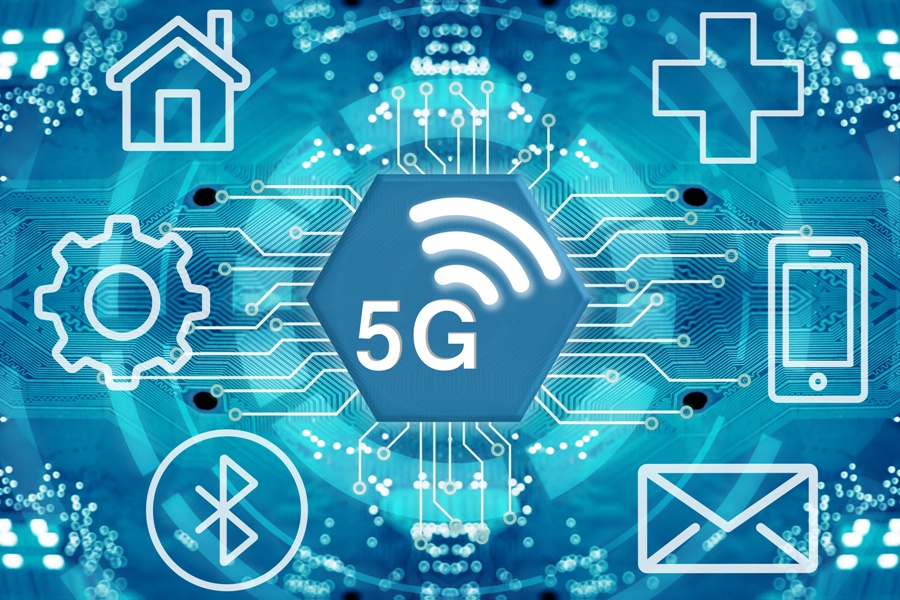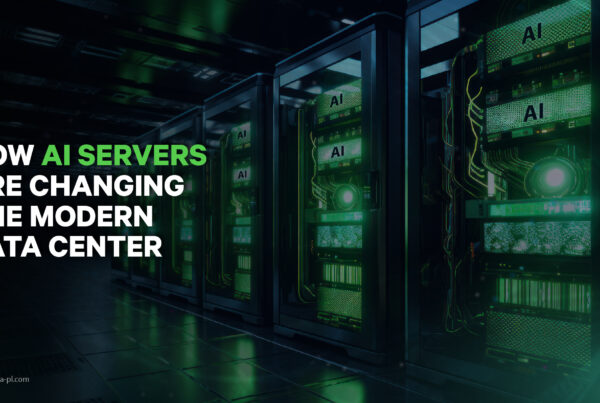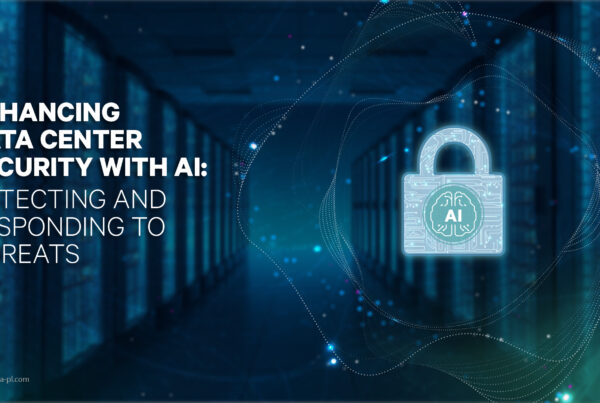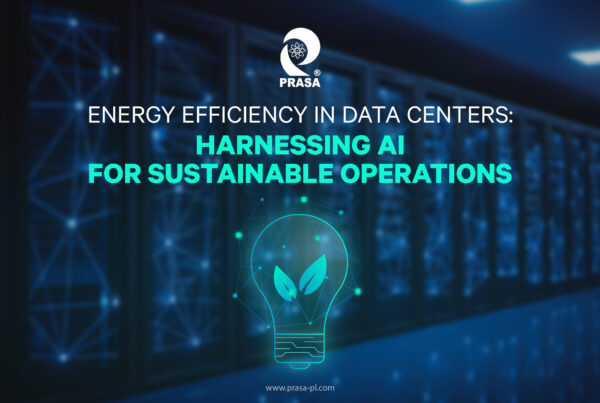People around the world are now waiting for the 5G networks to arrive. Meanwhile, the world’s biggest communication brands are at work getting ready to launch their services on the 5G network. 5G holds a tremendous promise of advances in data transferring speeds, capacity, connectivity, latency, and reliability.
5G is a new and upcoming technology, and carrier companies are still running trails for it. Therefore, 5G still has a lot of aspects to work on. No one is yet completely sure about all the applications it will have, but the emergence of 5G is inevitable; so, here we discuss some of the obvious impacts 5G will have on data centers to prepare them for the future.
What is 5G?
5G stands for the 5th generation of network. 5G networks are said to be much faster than the current network. This promise will make the revolving buffering circle on our screen a thing of the past.
Below are some of the important features of the upcoming 5G network.
Lower latency – Latency is the delay in information in reaching the end user, which is around 50 milliseconds with the existing 4G network. 5G will make this response time as low as 1 millisecond.
Higher speeds – 5G will provide substantially higher download and upload speed, which will enhance the user experience.
Broader reach – 5G will function at a much higher frequency and have a greater bandwidth, which will cater to a much wider user base.
Data center in the wake of 5G
Devices, vehicles and, appliances will all start communicating to each other with the advent of 5G, as it will give a boom to IoT-integrated devices. This will create a huge influx of data and expectation of instant results by the user. This would require the data centers to evolve by making technical and infrastructural changes.
Bill Kleyman (@QuadStack) says in one of his articles, “The introduction of 5G wireless connectivity will accelerate the trend of edge data center networks extending their reach closer to end users than ever before.”
Increase in quantity of data centers
The 5G technology will see a significant rise in data volumes, up to 1000 times more than the current network. To meet this requirement of the huge volume of data processing and delivery of higher speed internet, the conventional data centers will need to diversify and multiply by creating many micro data centers, hence creating an edge. This means a more distributed approach and an increase in the number of data centers will be seen. With edge deployments, data centers will be able to offer a broader reach and will provide many more regions with well-functioning internet
The 5th generation changes in data center
1. The technological side
Data centers in the next generation will become more efficient, with higher technological requirements of 5G So, data center operations will need to look for energy-efficient and cost-effective upgrades that can handle resource-intensive data such as machine learning, virtual reality (VR) and, augmented reality (AR), all of which will become much more prevalent with the coming of 5G.
5G will also lead more data centers to use Software Defined Power (SDP), which divides application load across the data center, optimizing performance and reducing the possibility of outrage.
2. The infrastructural side
5G will change the way we build data centers in the future. Technologies like content streaming and artificial intelligence have made the data centers robust and huge, and 5G will take it a step forward by making them more expansive (expansive as in bigger in scope)and much faster. A forecast shows that 5G networks could drive expenditure for IT infrastructure way higher than today, wherein 56% of the expenses will be related to data centers and similar upgrades.
5G calls for the development of technologies like edge computing, which will mean a growth in the number of data centers. The conventional data centers will also diversify by deploying many microdata centers that will work in tandem with the centralized data center
Today we constantly expect all the information to be at our fingertips. 5G will further this expectation by providing information instantaneously anytime and anywhere. Data centers of the next generation will need to take the step towards accommodating the 5G technology by focusing on hardware refreshes, upgrades, tackling latency and providing an abundance of bandwidth to manage the high volume of 5G data and edge requirements it produces. The 5G realm will also see a significant rise in the number of micro data centers which will take data networking into the future.
References
https://datacenterfrontier.com/edge-computing-data-centers/





